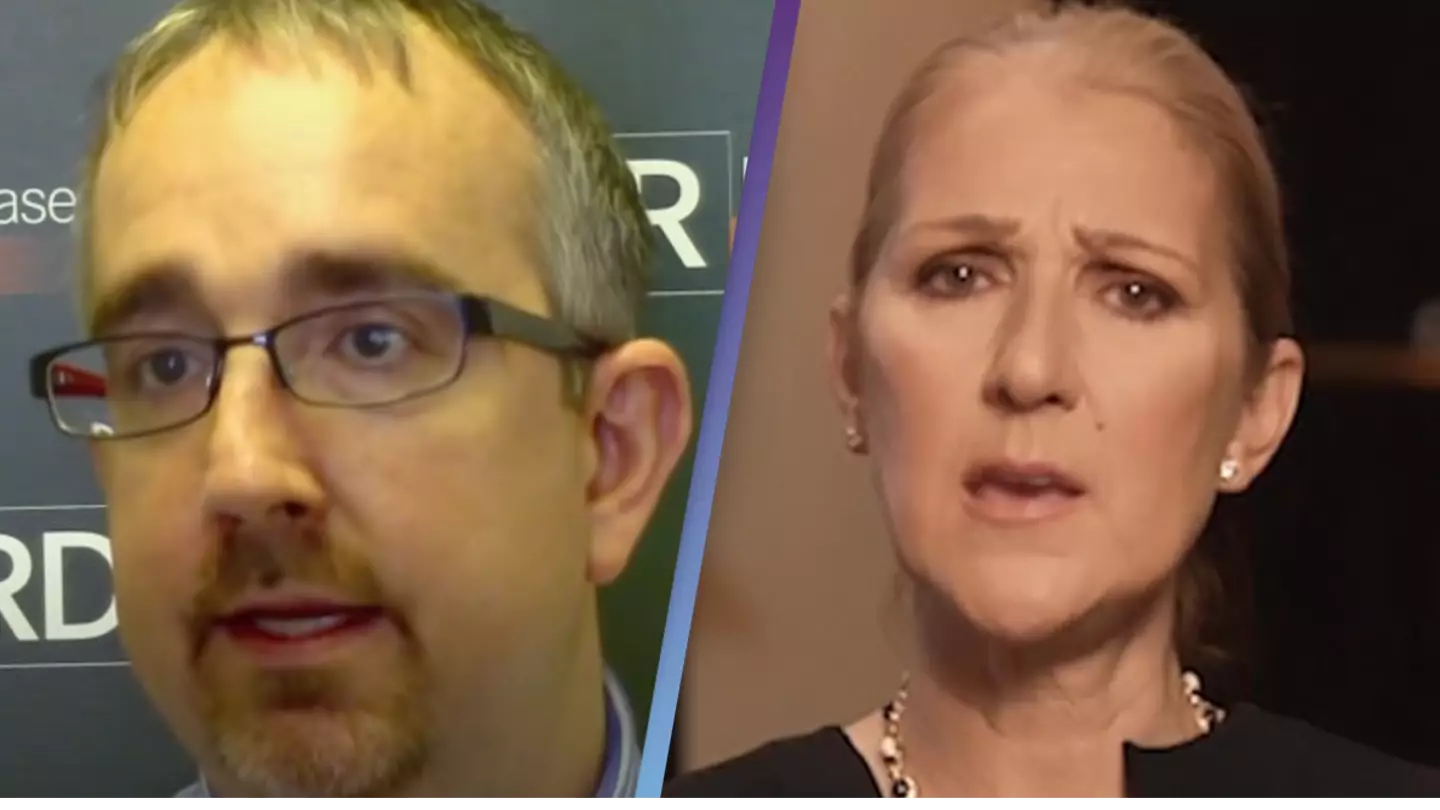Celine Dion might be one of the world's most famous musicians, but she now has one of its rarest medical conditions.
The 'My Heart Will Go On' hitmaker has a disease that 'turns people into human statues'.
The singer, now 54, revealed that she had the condition on Instagram, where she explained that it was why she hadn't spoken to her fans in some time.
She said: "Hello everyone, I'm sorry it's taken me so long to reach out to you. I miss you all so much and can't wait to be on stage talking to you in person.
"As you know I've always been an open book and I wasn't ready to say anything before but I'm ready now.
Advert
"I've been dealing with problems with my health for a long time and it's been really difficult for me to face my challenges and to talk about everything that I've been going through.
"Recently I've been diagnosed with a very rare neurological disorder called the stiff-person syndrome which affects one in a million people.
"While we're still learning about this rare condition, we now know this is what's been causing all the spasms I've been having."

Advert
Stiff-person syndrome (SPS) affects a person's brain and spinal cord, as revealed by the Genetic and Rare Disease Information Center.
Prior to the news of the singer's diagnosis, Doctor Scott Newsome explained that the condition is so rare that it can take years to diagnose.
"It's a devastating disease," he said. "On average because of how rare it is, early on in the disease, it can mimic a lot of other conditions. It takes about seven years for people to get diagnosed - from symptom onset to actual diagnosis.
"It's really when people start having more disability that comes to the doctor's attention."
Advert
Doctor Newsome explained some of the key symptoms of SPS include extreme muscle stiffness, rigidity and painful spasms.
"Someone will present to clinic with their axial torso and muscles quite rigid, they may have tightness in their legs... they get horrific spasms in really any muscle in the body. It's quite painful."
"It seems to be adults," the doctor then added in regards of who it affects. "Middle to later in years, and there tends to be a female predominance."
Advert
"From the core immunological dysregulation that's happening, we are a little bit behind the game in terms of understanding what's going on in patients," said the doctor, who worked at the department of neurology at John Hopkins at the time of the interview.
"It's this overstimulation that occurs that leads to disability in SPS."
He said the illness is treated with immunosuppressant medications, but other treatments like botox can be used to tackle the spasticity and tightness caused by SPS.

Advert
"We will give botox within the muscles," the doctor added, "which is interesting in and of itself.
"It helps with some of the rigidity and spasms that our patients can suffer with."
There are also non-pharmacological interventions like physical therapy, but the doctor said they need to be used very carefully.
This is because it can actually worsen the disease, which he added can be exacerbated by the cold.
Advert
He said that's why he recommends non-traditional physical therapy techniques like ultrasound therapy and heat therapy, as well as aromatherapy which helps people with the illness to 'move more freely'.

